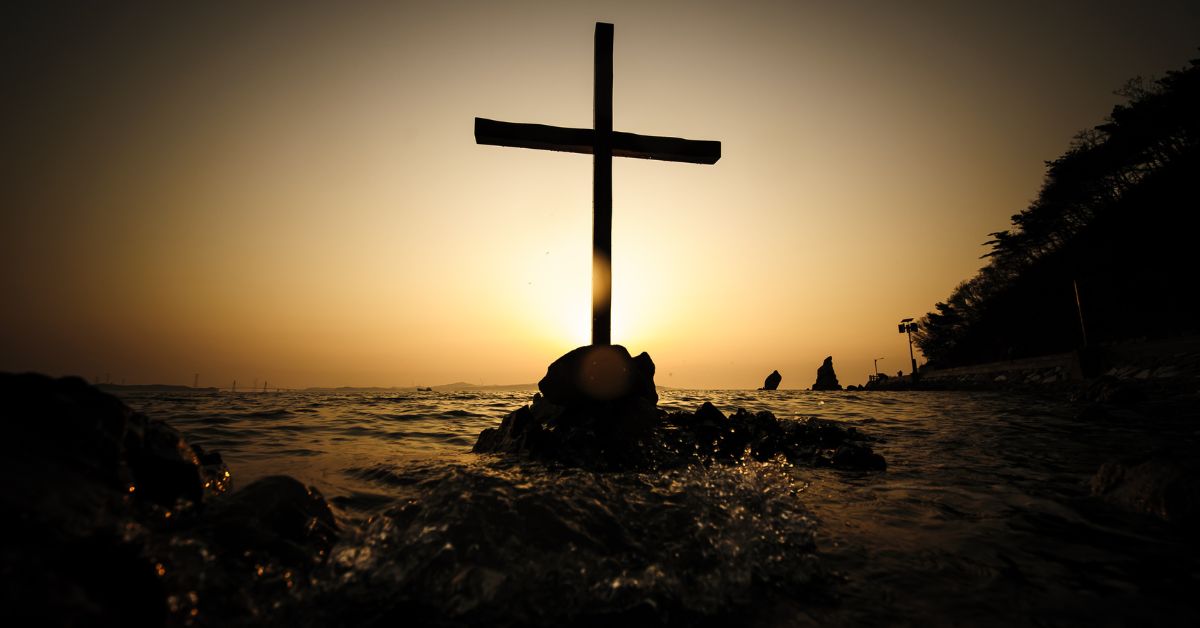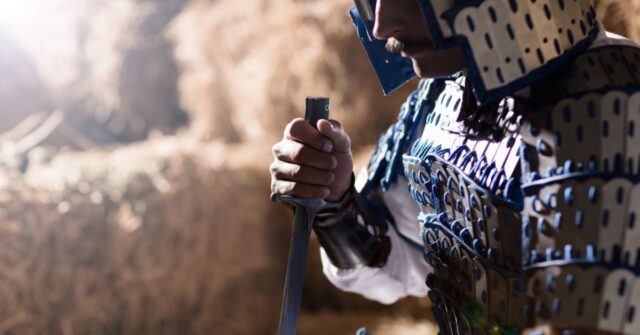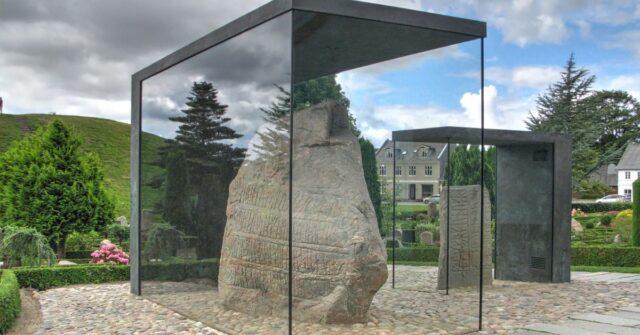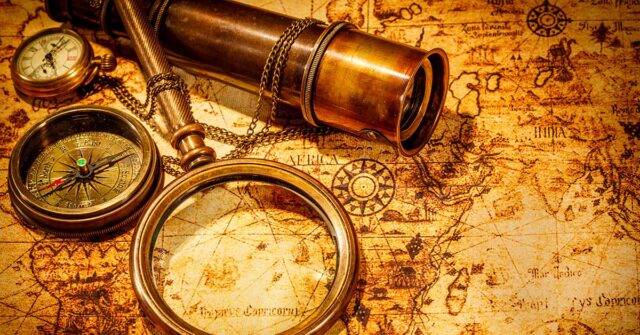The transformation of the Vikings from staunch pagans to devout Christians is a fascinating and complex historical process.
It spanned several centuries, driven by political, economic, and social factors. This blog post delves deep into this transition, exploring key figures, events, and the broader implications on Viking society.
Introduction
The Viking Age, which lasted from the late 8th to early 11th century, was a period marked by exploration, trade, and conquest.
The Vikings were known for their seafaring prowess and their raids on European coastal settlements. But beyond their warrior image, the Vikings had a rich religious life deeply rooted in paganism.


Setting the Stage: The Viking Age
The Viking Age began around 793 AD with the raid on Lindisfarne, a monastery on the coast of England.
This era was characterized by the expansion of Norse influence across Europe, driven by both raiding and trading activities.
Viking society was highly organized, with a strong warrior culture and a pantheon of gods including Odin, Thor, and Freyja.
The Vikings’ Beliefs and Practices Before Christianity
Before their conversion to Christianity, the Vikings practiced a form of paganism known as Norse mythology.
They believed in a multitude of gods and goddesses, each governing different aspects of life and nature.
Rituals, sacrifices, and festivals played a significant role in their religious practices, aimed at appeasing the gods and ensuring prosperity and protection.
The Early Encounters with Christianity
The first interactions between the Vikings and Christianity were primarily through raids and trade.
Monasteries were frequent targets for Viking raids, leading to the capture of Christian monks and their manuscripts.
However, these early encounters also facilitated cultural exchange and the gradual introduction of Christian ideas.
Initial Contacts: Trade and Conflict
Trade routes brought Vikings into contact with Christian merchants, and these interactions often revealed the advantages of adopting Christianity.
Christian traders preferred to do business with fellow Christians, leading many Vikings to wear Christian symbols like the cross during trade negotiations to secure better deals.
Christian Missionaries in Viking Lands
From the 8th century onwards, Christian missionaries began traveling to Viking territories with the aim of converting the pagan Norse.
Figures like Ansgar, known as the “Apostle of the North,” played a pivotal role in these efforts. Despite initial resistance, these missionaries laid the groundwork for future conversions.


Key Figures in the Viking Conversion
The conversion of the Vikings was significantly influenced by key leaders who embraced Christianity and promoted it among their people.
These leaders included kings and influential warriors who recognized the political and economic benefits of aligning with Christian Europe.
King Harald Bluetooth: The First Major Convert
King Harald Bluetooth of Denmark is one of the most notable figures in Viking conversion.
Baptized around 965 AD, Harald proclaimed that he had “made the Danes Christian” and erected the Jelling Stones to commemorate this achievement.
His conversion marked a significant step in the Christianization of Scandinavia.
King Olaf Tryggvason: Conversion Through Force
Olaf Tryggvason, who became king of Norway in 995 AD, was a fervent advocate for Christianity.
Unlike Harald Bluetooth, Olaf used forceful methods to convert his subjects, destroying pagan temples and offering them the ultimatum of baptism or death.
His efforts were instrumental in establishing Christianity in Norway, though often at great cost.
Saint Olaf: Completing the Christianization of Norway
Olaf Haraldsson, later known as Saint Olaf, continued the work of Olaf Tryggvason. Reigning from 1015 to 1028 AD, he reinforced Christian practices through legal reforms and the establishment of churches.
His efforts solidified Christianity’s presence in Norway, and he was eventually canonized as a saint for his contributions.
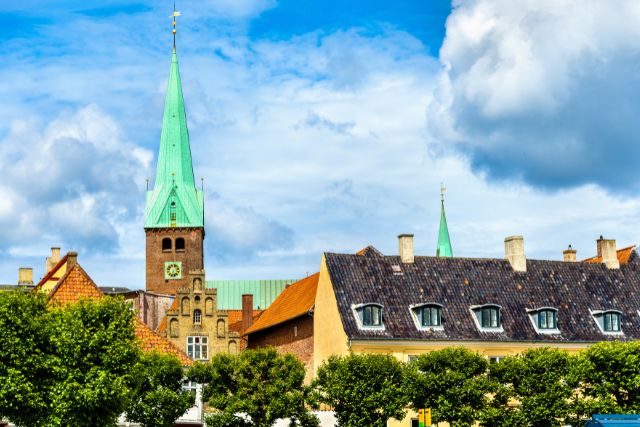

The Process of Conversion
The conversion of the Vikings was neither uniform nor straightforward. It involved a mix of peaceful and violent methods, influenced by various political, economic, and social factors.
Understanding this process provides insight into how deeply entrenched beliefs were transformed over time.
Peaceful and Forceful Methods of Conversion
The conversion process varied across different regions and periods. In many cases, conversion was achieved peacefully through missionary work and the influence of trade.
However, forceful methods were also employed, particularly by leaders like Olaf Tryggvason and Olaf Haraldsson, who used military campaigns and threats to enforce Christian conversion.
The Role of Trade and Political Alliances
Trade played a crucial role in the spread of Christianity among the Vikings. As they engaged in trade with Christian merchants from Europe, they were often exposed to Christian practices and beliefs.
Political alliances with Christian kingdoms also encouraged Viking leaders to adopt Christianity to strengthen their political power and diplomatic relations.
Missionary Efforts and Local Resistance
Missionaries from Christian Europe made significant efforts to convert the Vikings. Despite initial resistance and the persistence of pagan practices, these missionaries gradually won over the population.
Over time, as Christian practices became more integrated into Viking society, resistance diminished, and Christianity took root.
Cultural Integration and Syncretism
The conversion to Christianity did not completely eradicate pagan traditions. Instead, there was a period of religious syncretism where both Christian and pagan practices coexisted.
This blending of cultures is evident in various artifacts and historical records.
Blending Pagan and Christian Practices
Many Vikings continued to practice elements of their traditional paganism even after converting to Christianity.
For instance, archaeological finds reveal that graves often contained both Christian crosses and pagan symbols like Thor’s hammer, indicating a merging of religious beliefs.
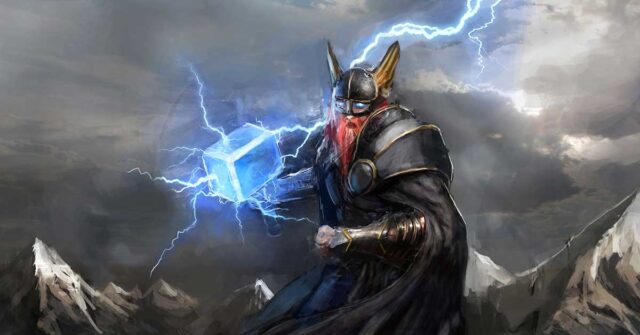

Archaeological Evidence: Gravestones, Coins, and Artifacts
Archaeological discoveries provide valuable insights into the conversion period.
Gravestones with both Christian and pagan symbols, coins bearing Christian motifs alongside Norse runes, and other artifacts illustrate the gradual and complex nature of the Vikings’ religious transformation.
Religious Fluidity: Coexistence of Old and New Beliefs
For many Vikings, adopting Christianity did not mean completely abandoning their old beliefs. Instead, there was a period of religious fluidity where elements of both faiths were practiced.
This coexistence highlights the pragmatic approach many Vikings took towards religion, adopting aspects of Christianity that benefited them while retaining elements of their traditional beliefs.
Impact on Viking Society
The conversion to Christianity had profound effects on Viking society, influencing everything from social structures to legal systems.
This transformation paved the way for the integration of Viking territories into the broader Christian European world.
Changes in Social and Political Structures
The adoption of Christianity brought significant changes to the social and political structures of Viking societies.
The establishment of Christian churches and the alignment with European Christian kingdoms helped centralize power and shift governance from chieftains to kings.
From Chieftains to Kings: The Shift in Governance
Before the conversion, Viking societies were primarily governed by local chieftains.
The introduction of Christianity facilitated the rise of centralized monarchies, as kings used the new religion to legitimize their rule and unify their territories under a common faith.


Legal and Cultural Transformations
Christianity introduced new legal and cultural frameworks to Viking societies.
Christian laws and moral codes began to replace traditional Viking customs, leading to significant changes in areas such as marriage, inheritance, and social conduct.
These transformations helped integrate Viking societies into the broader European Christian community.
Regional Variations in the Conversion Process
The conversion of the Vikings was not a uniform process. Different regions experienced the transition in unique ways, influenced by local leaders, cultural practices, and historical contexts.
Denmark: From Harald Klak to Harald Bluetooth
In Denmark, the conversion to Christianity began with King Harald Klak’s baptism in 826 AD but gained significant momentum under King Harald Bluetooth in the mid-10th century.
Harald Bluetooth’s efforts, including the erection of the Jelling Stones, marked a pivotal moment in Denmark’s Christianization.
Norway: The Role of Olaf Tryggvason and Olaf Haraldsson
Norway’s conversion was driven by the forceful methods of Olaf Tryggvason and Olaf Haraldsson.
Their campaigns to destroy pagan temples and enforce Christian practices were instrumental in establishing Christianity in Norway, though often met with resistance.
Sweden: Gradual Transition Amid Conflict
In Sweden, the transition to Christianity was more gradual and marked by conflict. While some regions adopted the new faith quickly, others retained their pagan traditions for longer.
By the 12th century, however, Christianity had become the dominant religion.
Iceland and Greenland: Unique Paths to Christianity
Iceland and Greenland followed unique paths to Christianity, largely influenced by their geographic isolation.
In Iceland, the conversion was relatively peaceful and was formalized in 1000 AD. Greenland, settled by Icelanders, followed a similar trajectory, with Christianity becoming established in the early 11th century.
Motivations Behind the Conversion
The motivations for converting to Christianity varied among the Vikings. While genuine religious convictions played a role, political and economic incentives were often the primary drivers.
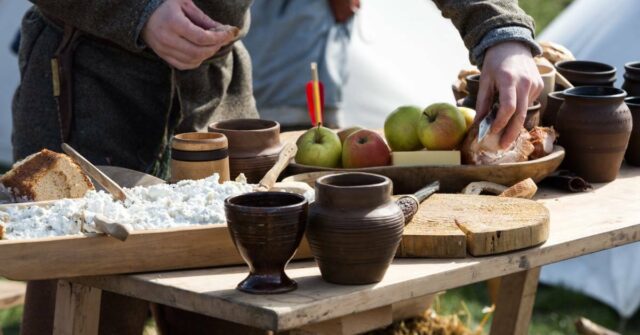

Political and Economic Incentives
Many Viking leaders saw the adoption of Christianity as a way to strengthen their political power and secure better trade relations with Christian Europe.
Aligning with Christian kingdoms provided economic benefits and helped consolidate their rule.
Religious Convictions and Genuine Beliefs
Despite the political and economic motivations, genuine religious beliefs also influenced some conversions.
For many Vikings, the decision to adopt Christianity was a deeply personal one, driven by a sincere belief in the Christian faith.
Long-Term Effects of Christianization
The conversion to Christianity had lasting effects on Viking societies, shaping their cultural and political development for centuries to come.
It marked the end of the Viking Age and the integration of Viking territories into the broader European Christian world.
Integration into European Christendom
The adoption of Christianity facilitated the integration of Viking societies into European Christendom.
This integration brought about significant cultural and political changes, aligning the former Viking territories with the rest of Christian Europe.
Legacy of the Conversion on Modern Scandinavian Identity
The legacy of the Viking conversion to Christianity continues to influence modern Scandinavian identity.
The blending of Norse and Christian traditions has left a lasting cultural imprint, evident in the region’s art, literature, and historical consciousness.
Conclusion
The conversion of the Vikings from paganism to Christianity was a multifaceted process that reshaped their society and left an enduring legacy.
By exploring this fascinating period, we gain a deeper understanding of the complex interplay between religion, politics, and culture in Viking history.
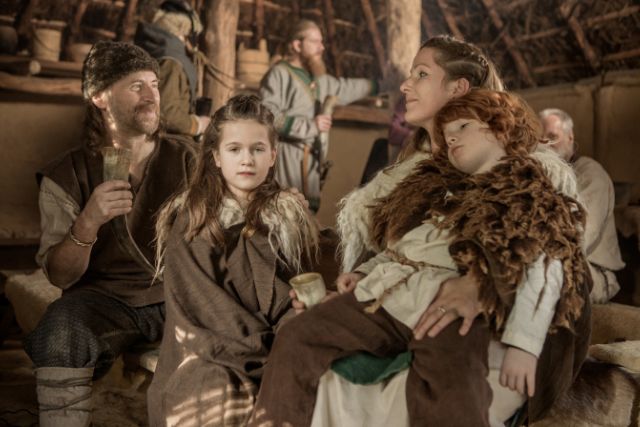

Reflection on the Complexities of Religious Conversion
The story of the Vikings’ conversion to Christianity highlights the complexities of religious transformation.
It was not a straightforward process but rather a gradual and multifaceted shift influenced by a variety of factors.
Understanding these complexities helps us appreciate the rich tapestry of Viking history.
The Enduring Influence of Viking Christianity
The impact of the Viking conversion to Christianity extends beyond the medieval period.
The blending of pagan and Christian traditions has shaped the cultural heritage of Scandinavia, influencing everything from literature to modern religious practices.
This enduring influence is a testament to the profound changes that occurred during this pivotal era in Viking history.

